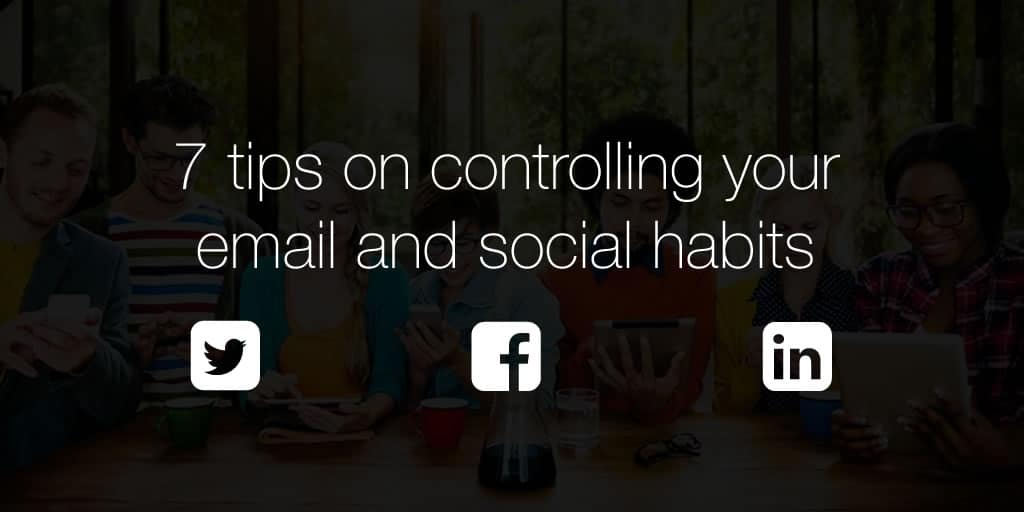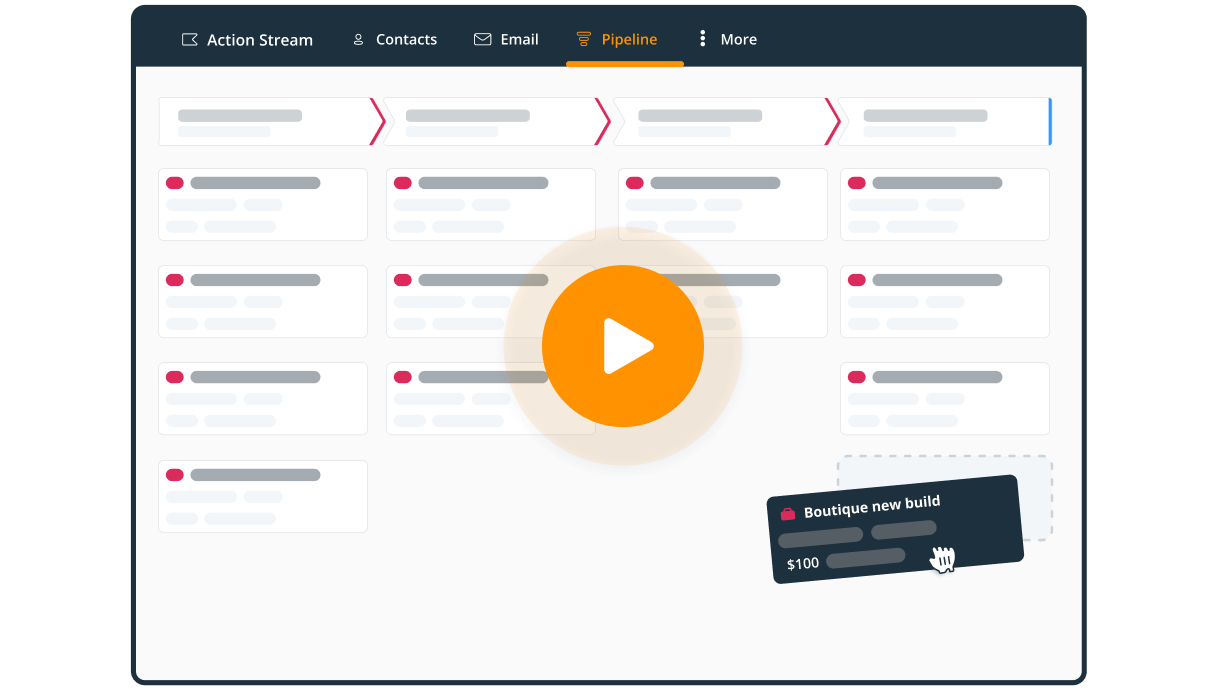
7 tips on controlling your email and social habit (so it doesn’t control you)

Smartphones can be productivity killers. If that goes against the grain, so be it. Many of us start the day by grabbing the phone to check email, social media, and the odd SMS or voicemail message. That’s exactly why they are counter-productive. Because the minute you check email or social media, you feel the urge to respond – and that’s probably not the most important thing you have to do that day.
Brian Tracy says one of the best ways to be productive is to eat those frogs. It comes from the saying:
“If the first thing you do each morning is to eat a live frog, you can go through the day with the satisfaction of knowing that that is probably the worst thing that is going to happen to you all day long!”
He divides tasks into categories including:
- Things you don’t want to do but must do
- Things you want to do and must do
- Things you want to do but don’t need to do
- Things you don’t want to do and don’t need to do
Jobs in the first category are the “frogs”. Get those out of the way and you feel a real sense of achievement which helps you be more motivated and more productive. Then you can tackle the other tasks in order.
Brian Tracy says:
“You should never be distracted by a tadpole when there’s a big frog sitting there waiting to be eaten.”
I agree. Email and social are tadpoles at best.
We often become slaves to our email, reacting every time a new one appears. Do we really need to do that? After all, not answering a particular email at 8 a.m. isn’t likely to hurt your business; failure to accomplish a major task will. Dealing with email can seem like an end in itself, but it’s really only a tool and it can’t move a business forward on its own. What’s even worse is we sometimes get stuck in a loop where we look at an email, mark it as unread and do nothing, repeating this loop several times before we take action. That’s not very productive either.
What’s the answer?
Here are some strategies for managing email, social and your phone so you can be more motivated and more productive.
7 strategies for putting email and social in their place
1. Use filters
There’s some email you never need to see at all, and that applies to social notifications too. Set up filters so that emails that don’t interest you go straight to the bin, while those that might interest you go into a folder. Almost every email program has this functionality and it’s particularly easy in Gmail, where some emails can be set to skip the inbox. The fewer emails you have to look at, the more productive you will be. It’s noteworthy that Google has just launched a new app, Inbox, to help people focus more on the essentials and minimize distractions.
2. Turn off notifications
Whether we’re talking email or apps, you don’t really need to be updated every time something happens on a social site. Opt out of notifications on the website or phone app to reduce the number of distractions. When you visit a social site, they will still be there. You can turn off notifications for incoming emails, too.
3. Use time slots
If you want to be productive, time management is key, so chunk your time for processing emails and checking social notifications. Tim Ferriss, author of the 4 Hour Workweek, suggests putting aside slots for email checking and avoiding early morning and late night. Leo Babauta combines this approach with filters to create a folder of items he can deal with quickly, and does this once a day. Once the allotted time is up, be disciplined about leaving your email behind and working on something that is truly productive for your business.
4. Get Things Done (GTD)
Let’s be clear.
Dealing with your email does not mean looking at it, and saving it to look at again. To be truly productive, you need to process it.
Here are three options for this in Gmail (and similar options exist for other email programs):
- Use the ActiveInbox plugin for Gmail to label your email (due today, overdue, awaiting action, awaiting a response). Then you put your email into the appropriate category and deal with what’s important.
- Follow Andreas Klinger’s example. He uses Gmail’s multiple inboxes feature, available through Labs. He labels his to-do, awaiting a reply, delegated, meetings and so on, with email icons so he’s always clear what’s important and needs his attention.
- Focus on what’s important by only dealing with email in the Primary inbox. To make this work, mark important emails appropriately and ensure that anything that is mistakenly filtered to the wrong tab is changed.
5. Use online collaboration tools
Some of your messages relate to projects you’re working on, so wouldn’t those messages be more effective if they are linked to the project workspace. Most online collaboration tools feature integrated messaging so you can reduce the amount of email you get. That works for following up on client contacts, too.
6. Train your contacts
Sometimes we respond immediately because we feel that’s what our contacts expect. But the answer is to manage their expectations and let them know when it’s reasonable to expect a response from you. That puts you in charge of your schedule instead of giving control to other people.
7. Change your habits
Checking phones, social and email all day, every day is a habit. To improve productivity and motivation, change the habit. Gregory Ciotti says you can create “habit chains” to make it easier for a new pattern of behavior to stick. Checking email as part of a series of tasks to accomplish will prevent it from taking up too much time.
If you take control of how you check email, social notifications, and phone messages, you will accomplish more, free up time in the day for the REALLY important tasks and feel a sense of achievement, motivating you to do even more to develop your business. Put email in its place so you can eat those frogs.








